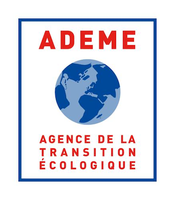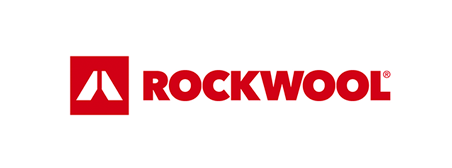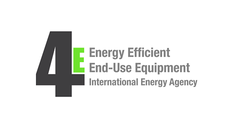Search eceee proceedings
Towards CO2-neutral concrete; Industrial scale-up of a closed-loop recycling process of end-of-life concrete (CIRCO2BETON project)
Panel: 9. Deep decarbonisation of industry
Authors:
Melanie Shink, HeidelbergCement France, France
Jan Skocek, HeidelbergCement AG, Germany
Abstract
Concrete and cement production are responsible for 6-8 % of manmade CO2 emissions. Still, concrete is one of the most environmentally friendly material due to its unique properties such as low embedded energy, durability and easiness of production and application. Faced with the challenges of climate change and carbon neutrality by 2050, the French cement industry has set itself the goal of reducing its emissions compared to 2015 respectively by 24% in 2030, then 85% in 2050. This industrial scale up project, called CIRCO2BETON®, is part of the pathway. It is based on advanced recycling of end-of-life concrete, carbonation of recycled concrete fines and utilization of the materials produced in cement and concrete production as a way towards CO2-neutral concrete.
CIRCO2BETON® project
The concept behind the project comprises 4 novel technologies: I) selective separation of the end-of-life concrete enabling production of high-quality recycled aggregates, recycled sand and recycled cement paste (RCP); II) using a part of the RCP as a CO2-free raw material for clinker production partially replacing limestone and hence reducing its CO2 emissions; III) using another part of the RCP for CO2 mineralization from the clinker production process, further lowering the emissions associated with clinker production; IV) using the re-carbonated RCP as a cement constituent and replacing clinker to produce a new low-CO2 composite cement. The concept, whose underlying assumptions have already been experimentally proven, aims at lowering the CO2 emissions associated with cement production to less than 1/4 of the current level and enables fully circular economy in concrete production.
The CIRCO2BETON® project has received funding from the French Government as part of the Investments for the Future program which is coordinated by ADEME. It includes a dedicated recycling platform to perform the advanced concrete recycling process and a CO2 reactor integrated into a cement plant to perform the CO2 mineralization of RCP.
a) Selective separation
Contrary to the common practice based on size reduction and utilization of crushed concrete as a road base or for earth works (cf. downcycling), the selective separation aims at providing high quality aggregates and sand. This is accompanied by significant amounts of normally unwanted fines. Today, these fines are the mix of fine aggregates and hydrated cement paste. This feature neither allows for their extended use in clinker production nor as a cement component. The project will scale up to industrial level a novel technology to achieve high yields and qualities of all components and especially of the RCP.
b) Carbonated recycled concrete paste used as cement constituent
The RCP targeted is a mixture of partially carbonated cement paste (~20%) with small amounts of fillers, fines from sand and fines from aggregates produced during the downstream processes. The RCP will be mainly used for CO2 mineralization to sequester CO2 from the cement kiln gases in a process called “re-carbonation” (potential ~80%). During re-carbonation, silica alumina gel is formed which has pozzolanic properties and is therefore suitable for cement production [2]. The project includes the installation of a CO2 reactor at the Ranville cement plant (FR) to optimize and demonstrate the industrial feasibility of the process under normal and continuous production conditions.
Closed loop economy of concrete
The challenge of the CIRCO2BETON® project is to demonstrate the economic and environmental benefits of the closed loop of concrete. In addition to the direct technological challenges, one must add to the project indirect challenges such as the large-scale roll-out of selective deconstruction to improve the quality and homogeneity of demolished concrete while making easier the access to this resource, the access to land plots near cities to perform advanced recycling process, and traceability throughout the value chain.
Downloads
Download this presentation as pdf: 9-283-22_Shink_pres.pdf
Panels of
1. Dynamics of consumption: less is more?
2. Efficiency and beyond: innovative energy demand policies
3. Policy, finance and governance
4. Monitoring and evaluation for a wise, just and inclusive transition
5. Towards sustainable and resilient communities
6. Energy-efficient and low-carbon mobility for all
7. Policies and programmes for better buildings
8. Innovations in products, systems and building technologies



























